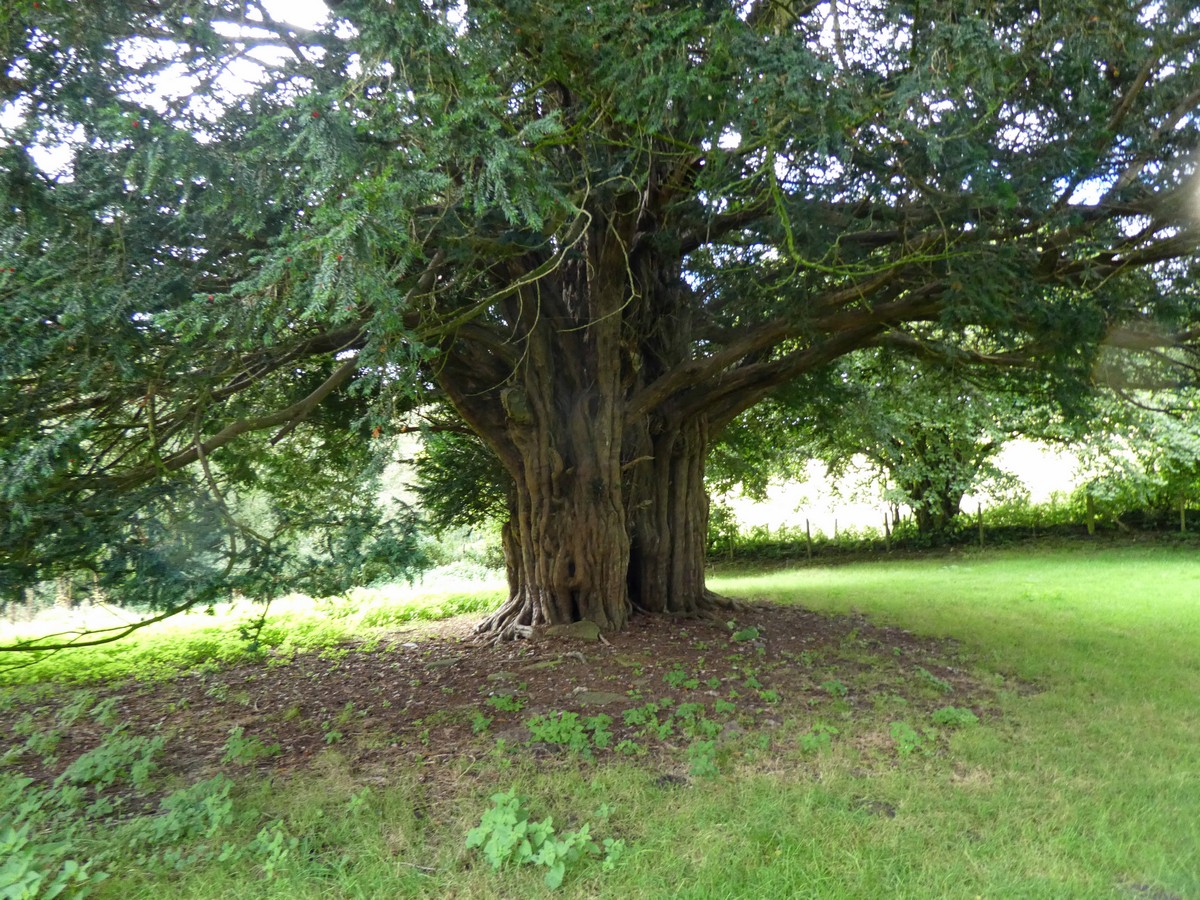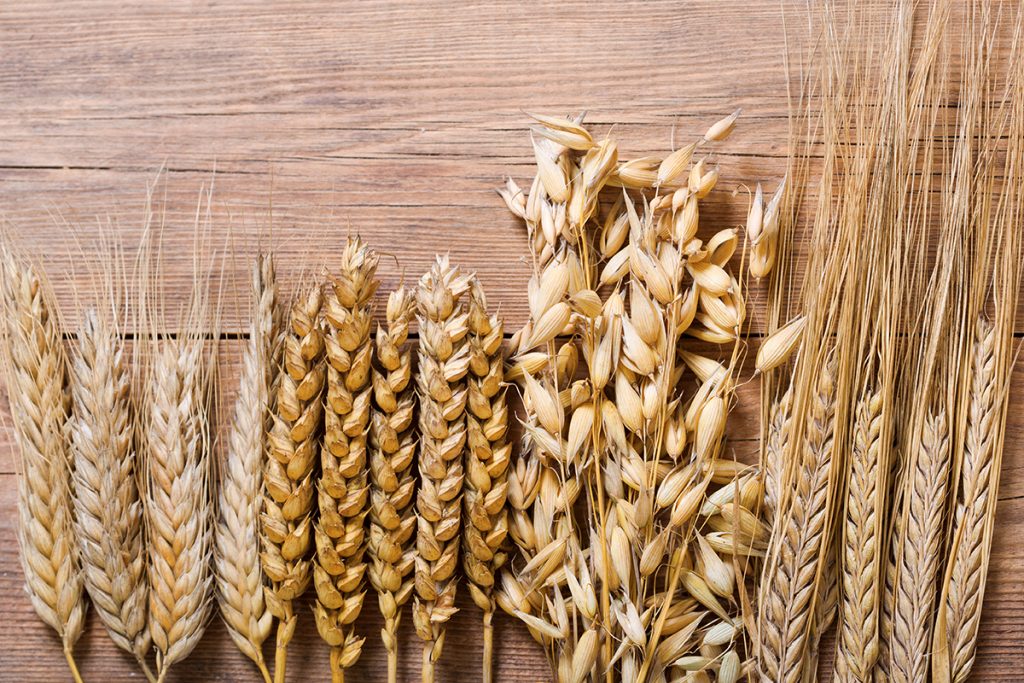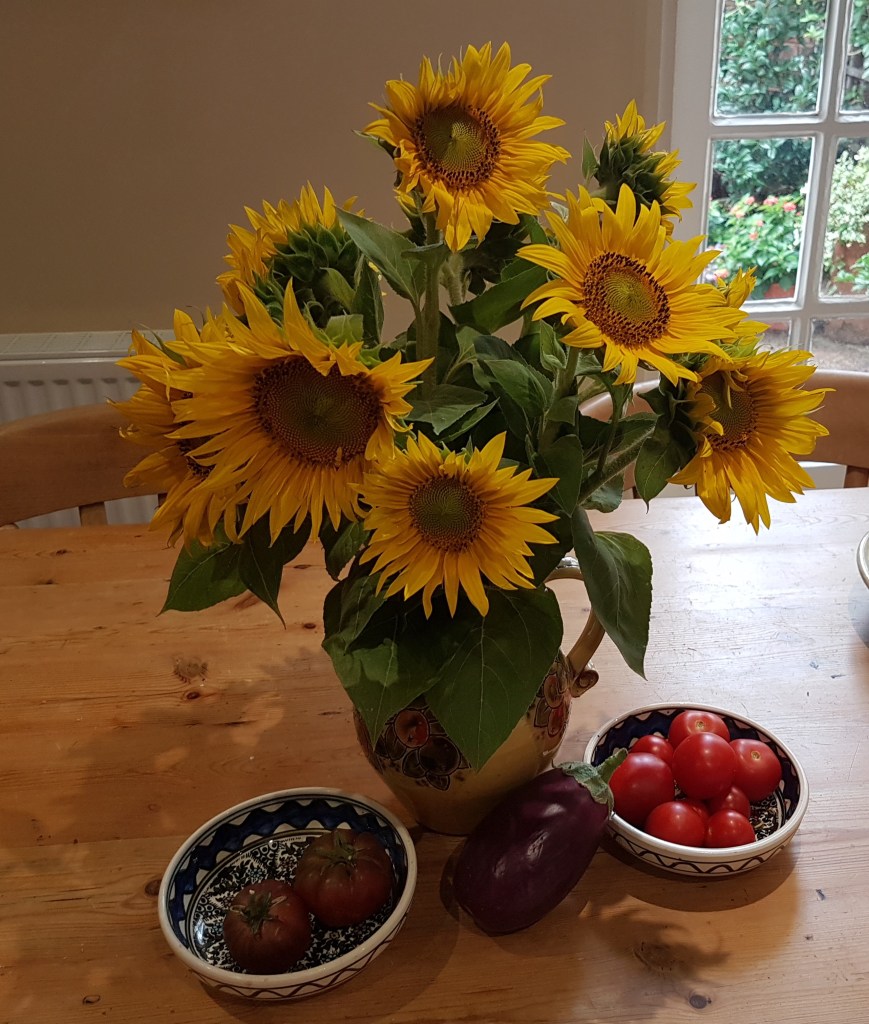
We’re coming up to the Feast of Michaelmas, on Sep 29th. And as I have a couple of stories about St Michael to impart, I’m posting a week ahead of my usual schedule, in time for his feast day.
Note: Part Two of my Christening Mugs Stories will now appear on October 10th

St Michael is one of the four archangels honoured by the Christian church, and in Western spirituality in general. These are Michael, Raphael, Gabriel and Uriel. But in early medieval times, and especially in Byzantine culture, Michael was singled out as the head archangel, the one who rides through heaven commanding the armies of God. (Angelogy is complex and many-layered, and I shall just stay with the simple version here!) . Perhaps this command of the heavenly forces is why churches dedicated to St Michael, or St Michael and All Angels, are nearly always built on high ground.


Michael is also famous as a dragon-slayer, which has relevance to the first of my stories. However, the dragon itself is also an ambiguous creature – a symbol of danger and destruction, but also of passion, energy, treasure and transformation. I recommend keeping an open mind about the dragon – but it’s also wise to keep an eye on the dragon too!
“And there was war in heaven: Michael and his angels fought against the dragon; and the dragon fought and his angels, and prevailed not; neither was their place found any more in heaven” (Rev. 12:7).

The Dragon Churches of Old Radnorshire
Last week, a friend and I went to the Welsh Borders, on the trail of five churches dedicated to St Michael. These particular churches, out of the many in the area named for Michael have a very special function. They keep guard over the very last dragon of Wales: ‘There is a local legend that lies asleep deep in Radnor forest and that long ago the people of this area built four [other sources say five] churches in a circle around the forest. These were dedicated to St Michael, the conqueror of the dragon, to make sure he does not escape. Many believe that if any of these churches is destroyed the dragon will awaken and ravage the countryside once more.’
Overtly, Michael’s job is to protect the population from the rampages of the dragon. But perhaps helps to preserve that last wild spirit of Wales? Some say that these five churches – at Cascob, Cyfnllis, Nant Melan, Discoed and Rhydithon- can be joined up on the map as a pentagram, which is a magical seal of protection.



We visited two of these churches at Cascob (seen above) and Cyfnllis. Like the others in the circle, they have very ancient yews in their churchyards and are built on or near prehistoric mounds. Cascobis still very remote, both peaceful and magical in its atmosphere. And of Cyfnllyis, (below) where the church stands next to the abandoned site of a medieval castle and vill age, author Donald Gregory calls it ‘delectable’ and says: ‘both a historical site of uncommon importance and also an area of outstanding natural charm.’

Does the dragon still live in Radnor Forest? My companion on this journey, Rod Thorn, said that he plans to return and find out! Perhaps I will stay behind, hugging a yew tree and calling on St Michael for protection!

And I think that the archangel and the dragon are a pair, perhaps combining the conflicting passions and aspirations of human existence. In alchemy, you must separate body and soul – a battle ensues, and they are then reunited in a new and wonderful form.
Struan Bread

And for celebrating harvest time and the Feast of St Michael on Sep 29th, what better than to bake Struan bread? This is a bread traditionally made in the Western Isles of Scotland, combining different types of harvest grains. The loaf was usually made by the eldest daughter of the household, then carried into the church at Michaelmas to be blessed. It was then laid there to honour relatives and friends who are no longer with us. As Struan recipes are generous enough for three loaves, I expect a couple were kept at home to enjoy there!
The recipe below is one that I first found on the ‘Fresh Loaf’ website , and have adapted it. I’ve since discovered more both about its origins and its revival by Brother Juniper, a lay monk and star baker from California. He’s commemorated in the Brother Juniper Bread Book: Slow Rise as Method and Metaphor by Peter Reinhart, who himself travelled to Scotland in search of more information about the Struan tradition. By then, it had become a folk memory only, but he found an old Gaelic blessing for the Struan, translated by the notable scholar Alexander Carmichael. I’ll quote a few verses from it here:
Each meal beneath my roof [meal = ground grain etc]
They will all be mixed together,
In the name of God the Son,
Who gave them growth.
Milk, and eggs, and butter,
The good produce of our own flock,
There shall be no dearth in our land,
Nor in our dwelling.
In the name of Michael of my love,
Who bequeathed to us the power,
With the blessing of the Lamb,
And of his mother.
Reinhart says:
‘Struan is not merely bread – it is bread that represents the essence of bread, which is one of the great analogies of life itself. In our everyday consumption of bread we tend to forget or lose sight of the reality of what bread is. So a bread ritual…dedicated to the archangel of the harvest whose name means “like unto God”, is a way to tune into this deeper reality….Struan, because of its direct descent from a traditional ritualistic practice, still retains a trace of sacramental efficacy.’
Certainly, I’ve made it previously and have got my granddaughters to join in. I may even be just in time to do that this year too!


The Recipe
Struan bread is a mix of harvest grains and flours. Now since both this recipe and the one given by Brother Juniper (which differ slightly from each other)use polenta, ie cornmeal, I doubt that this was what exactly what they used in the Outer Hebrides! It’s not a product of such northern climes. But it was always meant to be made with whtaver harvest produce was gathered in, and varied recipes go with the spirit of the dough, even if we gather most of our ingredients from the shop shelves these days!
I’ve also added metric measurements to the original American cup measurements, which tend to confuse us over here in Britain! And bear in mind that it’s one of those recipes where you need to check it out as you go along, and see whether you need more flour or less water. So hold back on the water, add it a little at a time until you get the right consistency. I currently use a Kitchen Aid to do the kneading, as my wrists aren’t strong, but kneading by hand would indeed be more mindful. If you do use a machine, check early on in the process that it’s mixed properly as there are a lot of different ingredients to blend.
THE LOAF
Makes 1 large loaf – double the quantity for 2, which means you’ll have one to freeze. Worthwhile, as it takes effort to assemble all the ingredients and time to prepare the dough.
SOAKER
3 tablespoons polenta 30-40gm
3 tablespoons rolled oats 25 gm
2 tablespoons wheat bran 10gm
1/4 cup water 60ml
DOUGH
3 cups unbleached bread flour 380-400gm
(You can substitute up to 25% wholemeal if you wish)
3 tablespoons brown sugar
1.5 teaspoons salt
1 tablespoon instant yeast
3 tablespoons cooked brown rice 50gm
(Short grain is good but long grain is fine)
1.5 tablespoons honey
Half a cup buttermilk (130 ml, or use a little more and reduce water)
3/4 cup water 170ml – Add carefully; you probably won’t need it all
TOPPING
1 tablespoon poppy seeds
(If you don’t have poppy seeds, use another seed like sunflower)
Mix together the ingredients for the soaker. Cover and allow to soak for at least half an hour or as long as overnight.
METHOD
In a large bowl, combine the dry ingredients, then stir in wet ingredients and soaker. Add more flour or water until the dough can be formed into a ball that is neither too dry nor too loose in texture. Try to keep it so that you can still handle the dough, even if it is a little sticky. Knead the ball of dough for 10 to 12 minutes, (8-10 in a food processor with dough mixer) then return it to the bowl. Cover the bowl with a damp tea towel and allow the dough to ferment until doubled in size, approximately 60 minutes.
Remove the dough from the bowl, knock it down briefly to take out the air, and put it into a greased bread pan. Sprinkle a little water on top, followed by a dusting of poppy seeds.
Cover the dough in the pan loosely again and allow the loaves to rise until doubled in size again, approximately 40-60 minutes.
Bake these loaves at 180 degrees (356 F) for about 40-45 minutes. (I used a fan oven; you might need to use 190 in a non-fan one.) It will achieve a high bake colour so don’t be tempted to take it out too early. Test in the usual way, by tapping the bottom of the loaf when you think it’s ready to see if it sounds hollow. Reinhart gives a useful suggestion for his recipe, which is that if the top of the loaf is dark but it’s not sounding hollow, take it out of the tin and bake it a little while longer, bearing in mind that it’s likely to finish cooking very quickly this way.


You may also be interested in:
